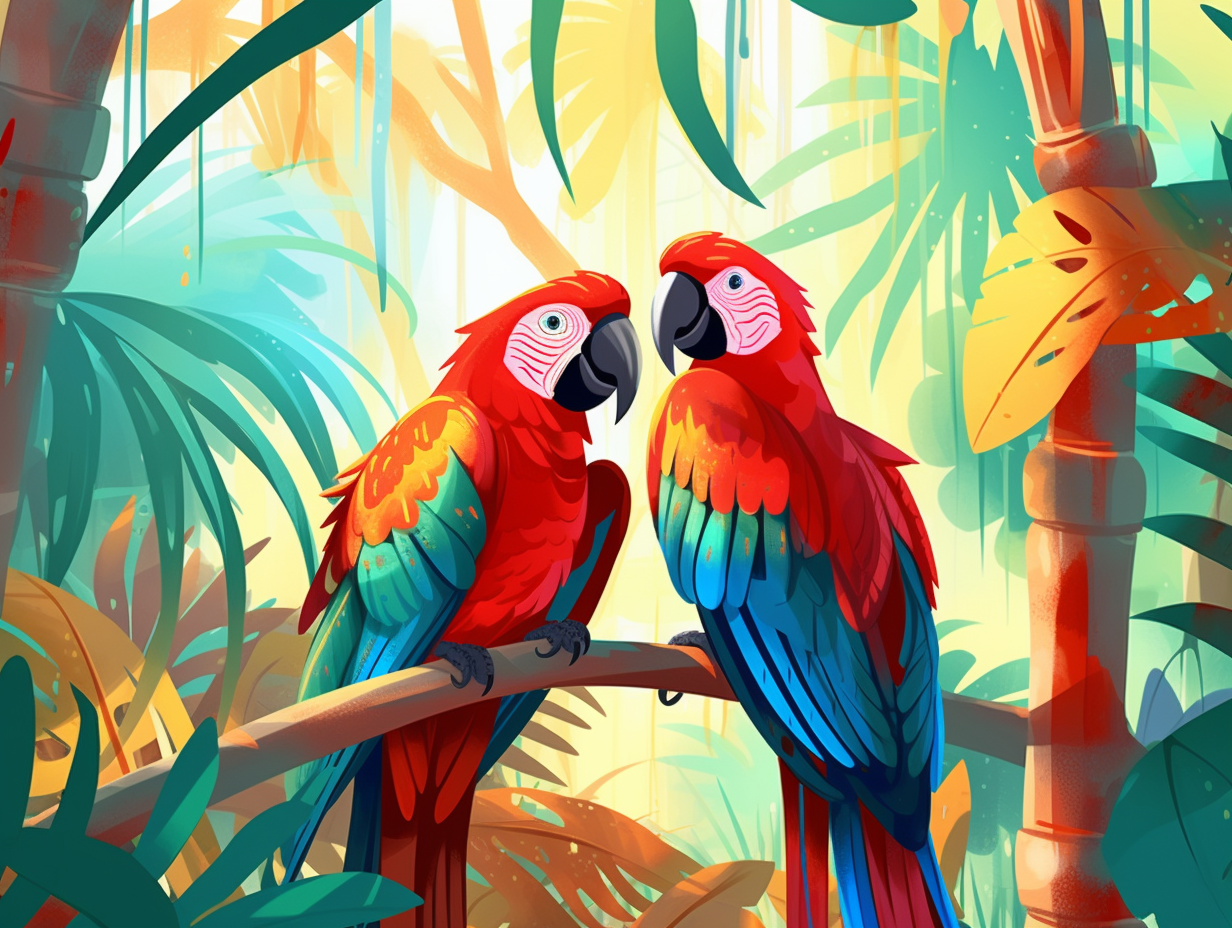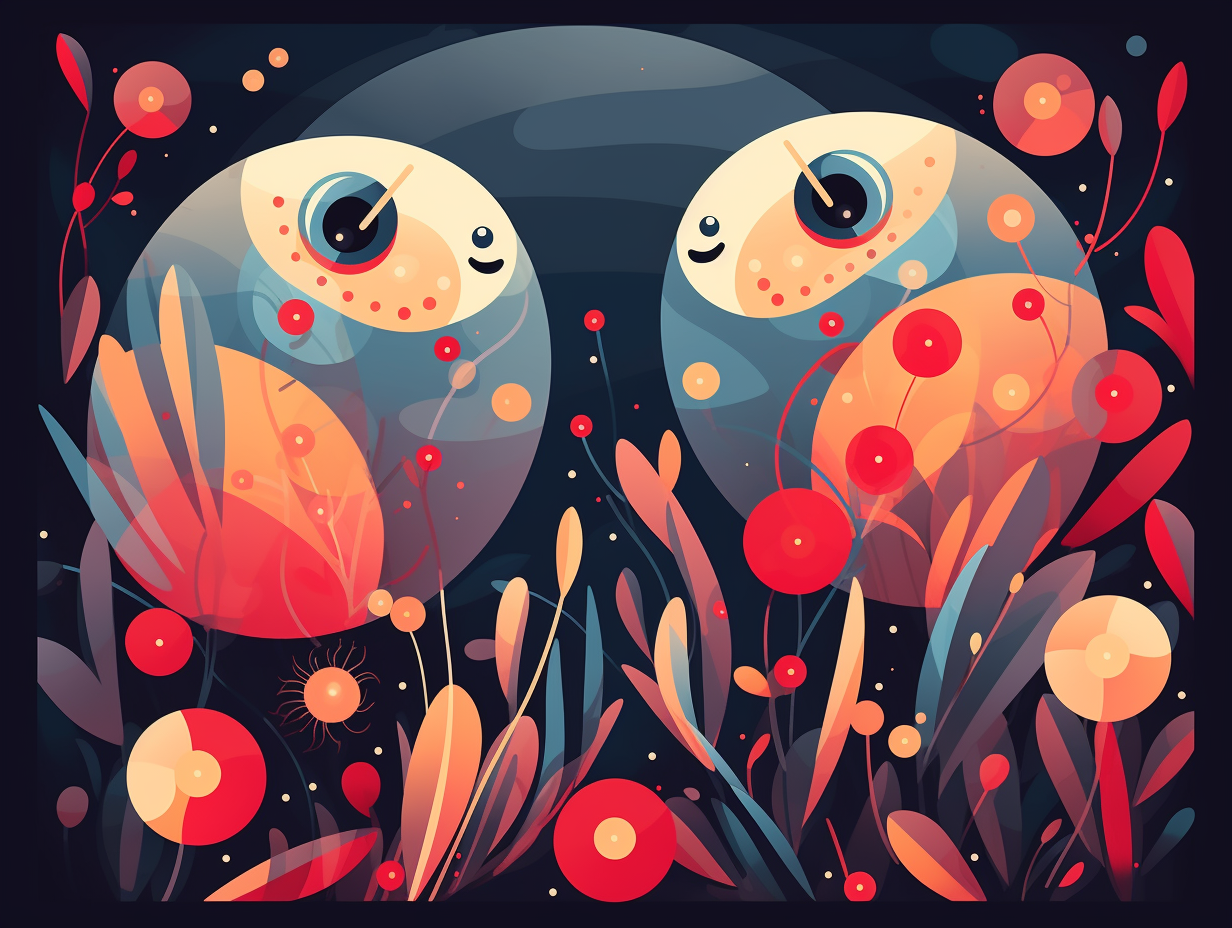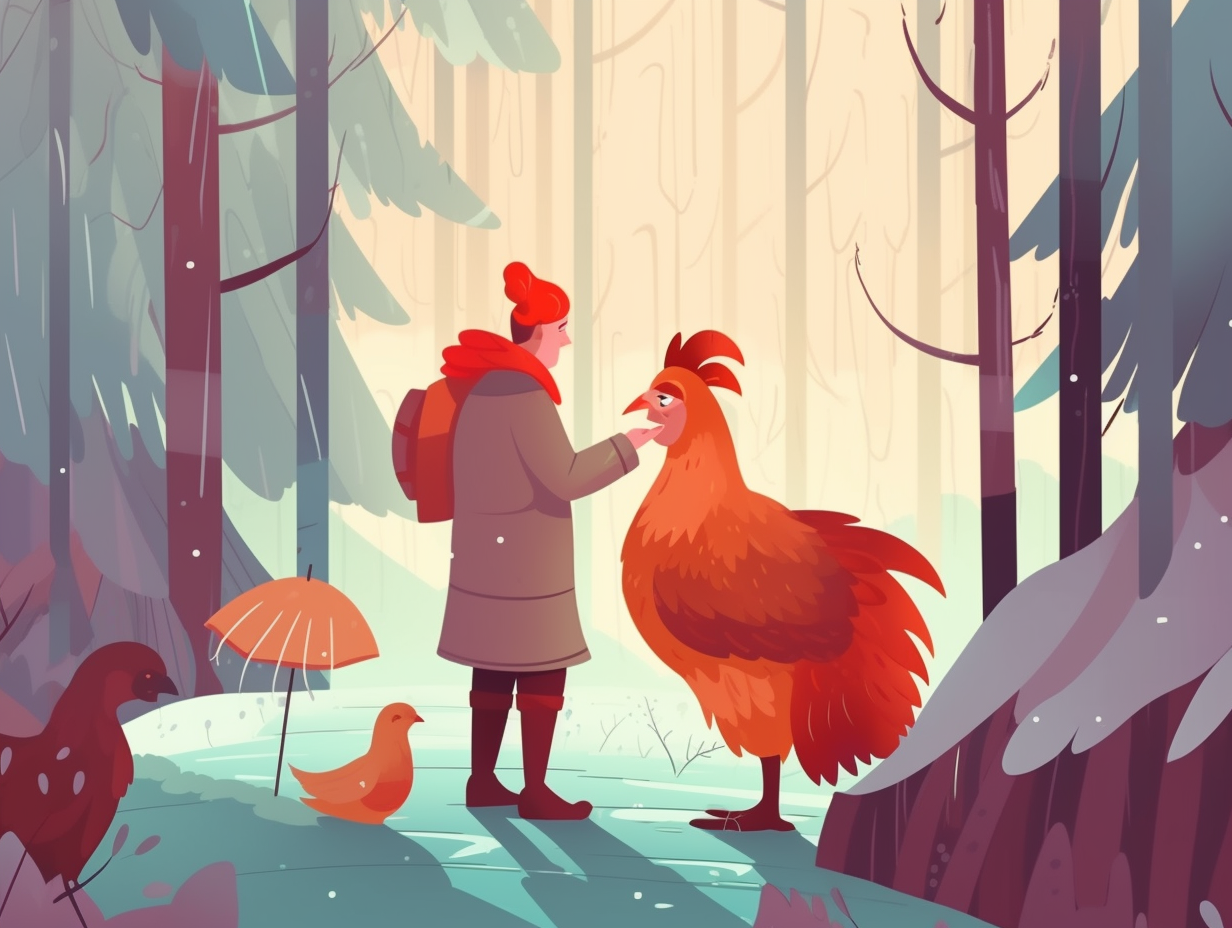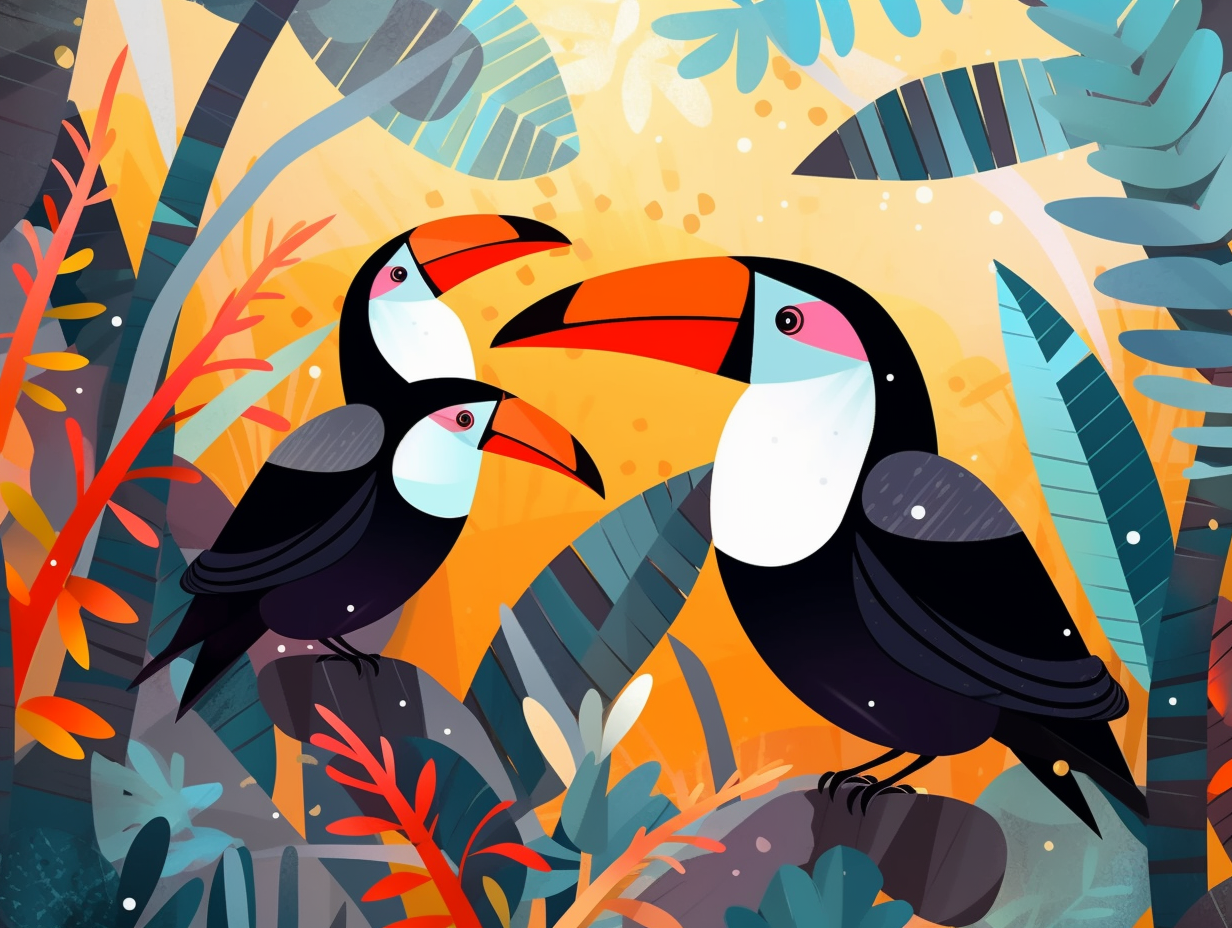Discover the Colorful World of Rainbow Lorikeets: Top 9 Fun Facts to Amaze and Delight
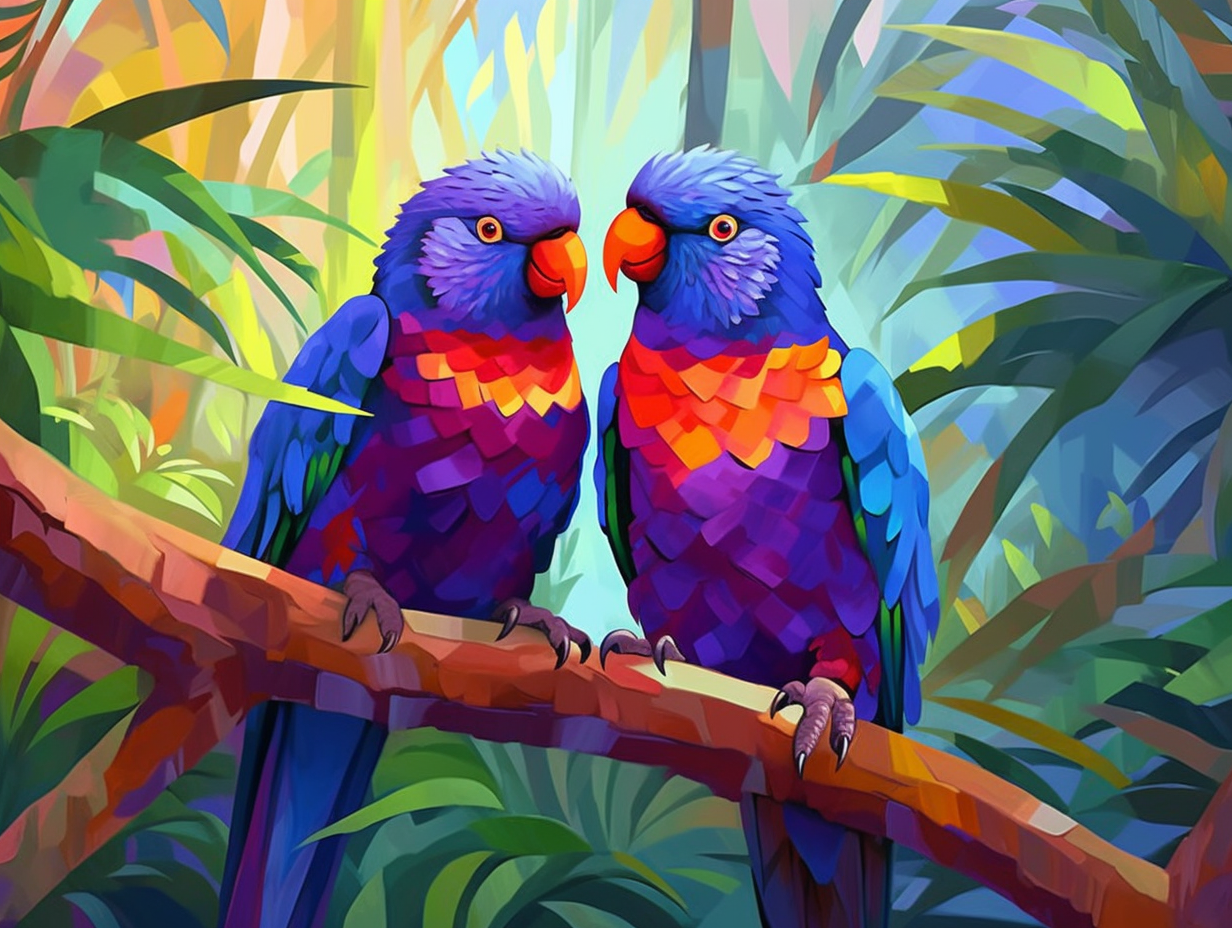
1. Rainbow Lorikeet Soulmates
Forget Tinder and Bumble, rainbow lorikeets have perfected the art of finding their "all-feathered and fun" soulmates: studies show that these Australian birds create long-lasting partnerships based on shared personality traits, leading to increased reproductive success and lifetime bonds filled with preening, roosting, and airborne grocery-shopping adventures!
Source => theconversation.com
2. Smoothie-Sipping Beaks
Move over, straws: rainbow lorikeets have nature's ultimate smoothie-sippers built right into their mouths! These vibrant avian connoisseurs simply adore slurping nectar from brightly hued flora: their tongues are equipped with hairy bristles that reach into flowers, extracting high concentrations of nectar from their favored red and orange blossoms.
Source => theanimalfacts.com
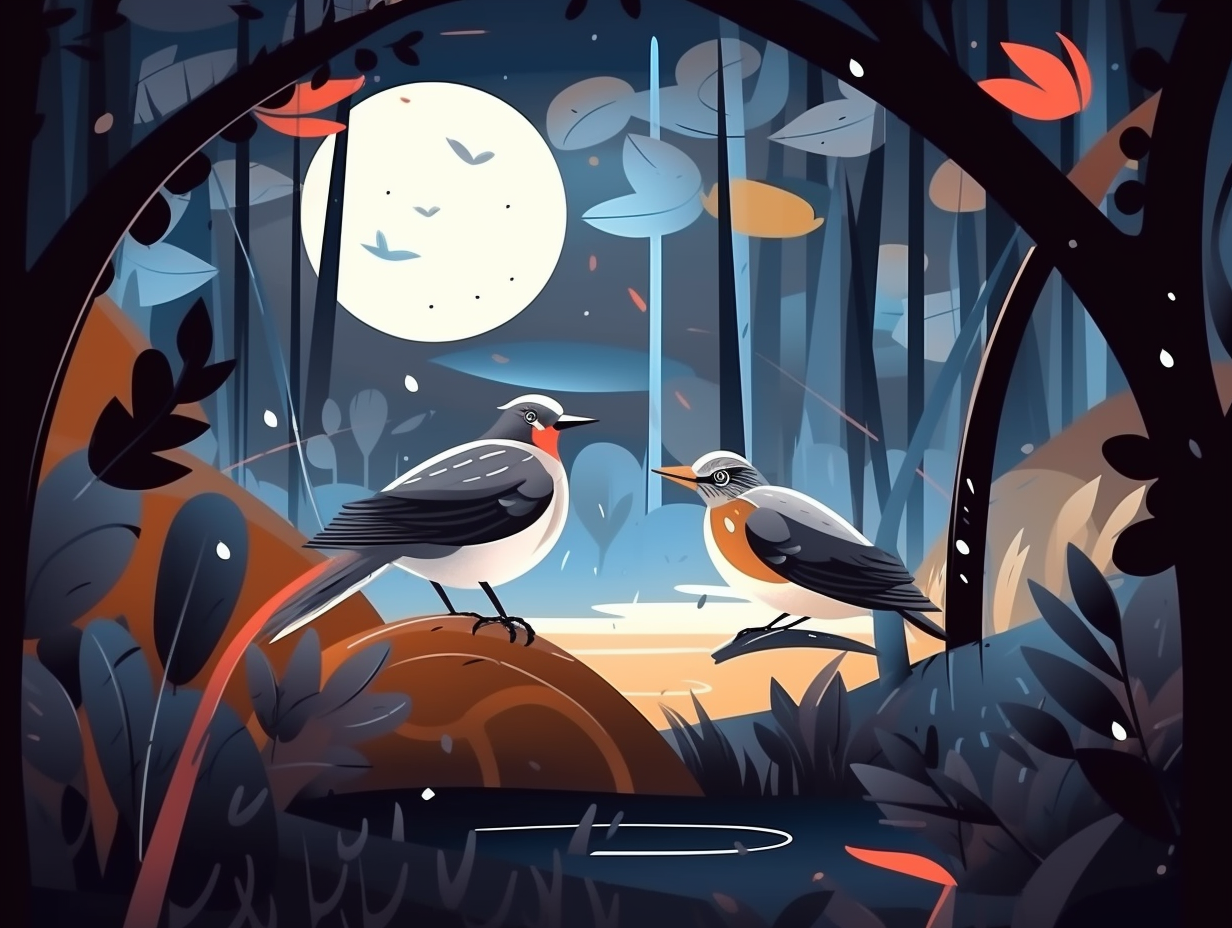
Did you know crows can remember human faces and even gossip about them to future generations? Find out how these feathered friends keep tabs on us! 🐦💬👀
=> Fun Facts about Birds
3. Fast and Fruity Feeders
Feeding frenzy from the fast and the fruitiest: Rainbow lorikeets, also known as "brush tongued parrots," have a unique tongue adaptation designed to slurp up nectar, pollens, soft fruits, and blossoms, making them nature's eccentric smoothie enthusiasts. With their high-moisture diets and short digestive tracts, these colorful feathered blenders require special care and a strictly balanced diet in captivity to maintain their vibrant health and quirky appetites.
Source => vcahospitals.com
4. Brush-Tipped Tongue Fashion
Rainbow lorikeets may have missed the memo about using forks and knives, but don't worry, they've got it covered with their brush-tipped tongue attire: sporting fancy tufts of papillae perfect for sipping nectar and pollen from over 5,000 species of plants, these nectar-loving fashionistas really know how to bring the party to Australian ecosystems as indispensable pollinators.
Source => wondergardens.org
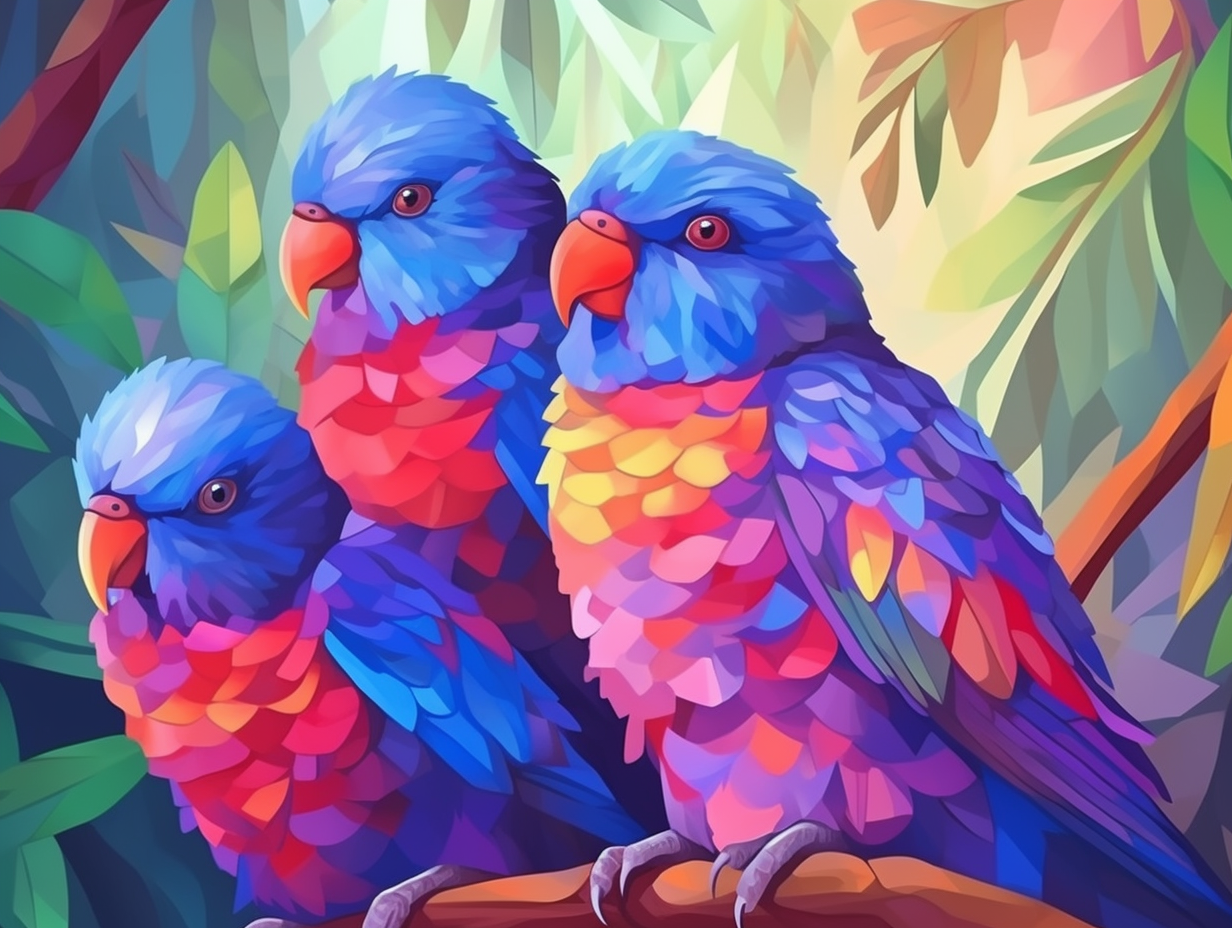
5. Tipsy Parrot Parties
Hold onto your feathers, ladies and gentlemen, because in Australia's wet season, the parrots throw wilder parties than The Great Gatsby: Rainbow lorikeets have been observed getting tipsy, if not downright drunk, off of fermented nectar from certain plants, leading to over 200 lorikeet emergencies involving uncoordinated antics like talking and chasing their own reflections, with recoveries ranging from a few months or, unfortunately, ending in death – so remember, no BYOB (Bring Your Own Beak) to their cages with rotting fruit!
Source => petrestart.com
6. Flowering and Devouring Experts
These boisterous birds have clearly mastered the art of wining and dining – or rather, "flowering and devouring": The tip of a rainbow lorikeet's tongue is fringed with papillae, allowing them to expertly extract nectar and pollen from about 5,000 flowers daily, which is essential for their energy needs.
Source => what-when-how.com
7. Dalí-style Tongues
Rainbow lorikeets have a tongue so fancy, even Salvador Dalí would be jealous: These colorful birdies possess a brush-tipped tongue with tufts of papillae, perfect for sipping on nectar and collecting pollen from around 5,000 different plant species!
Source => animalia.bio
8. Competitive Nectar Guzzlers
Move over, competitive eaters! Rainbow lorikeets have got you licked with their one-of-a-kind tongue technique: These vividly hued birds utilize their specialized brush-tipped tongues to gather nectar from blossoms and fruit, guzzling down up to six times their body weight in nectar and pollen daily!
Source => auntyflo.com
9. Nectar and Toothbrush Connoisseurs
Rainbow lorikeets: nature's answer to the toothbrush and nectar connoisseur. These colorful comedians don't just paint the sky with their bright feathers but also skillfully "brush" up their dining habits: Sporting a unique "brush-like" tongue, these avian wonders can effortlessly collect nectar and pollen from flowers like no other parrot, proving that sometimes it's good to have a niche taste in food.
Source => thehappychickencoop.com
Related Fun Facts


